Ever watched a cluster of sparrows dart across the sky or hop around your backyard? These lively little birds are social creatures, often seen in groups. But what exactly do we call these feathered gatherings?What is a Group of Sparrows Called? Let’s dive into the fascinating world of sparrow flocks and uncover the charming collective nouns used to describe them.
The Social Sparrow: More Than Just a Lone Bird
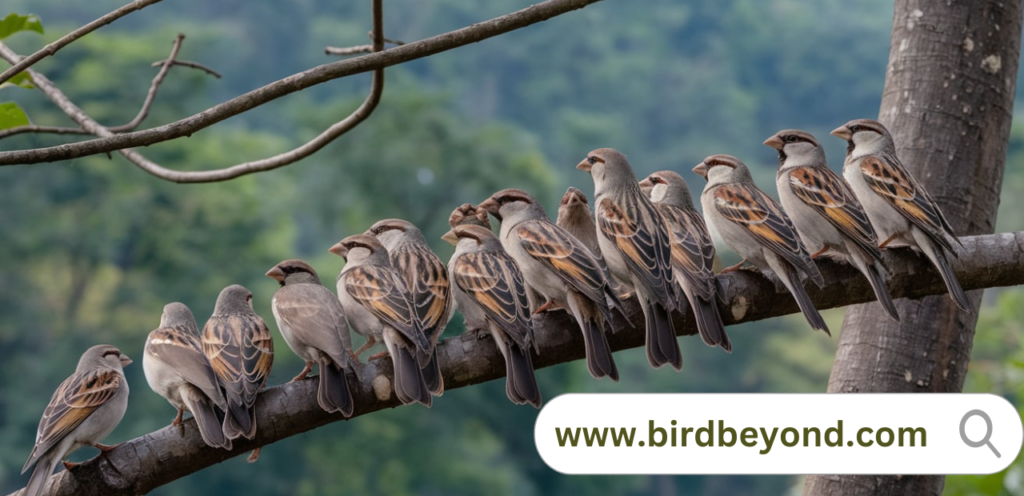
Sparrows, those ubiquitous little brown birds, are far from solitary creatures. They’re the life of the avian party, often seen flitting about in groups. But before we delve into what these groups are called, let’s take a moment to appreciate why sparrows are so fond of company.
Why Sparrows Flock Together
Sparrows don’t just hang out in groups for the fun of it (though they do seem to enjoy a good social gathering). There are several solid reasons behind their flocking behavior:
- Safety in numbers: More eyes mean better predator detection.
- Foraging efficiency: Multiple birds can cover more ground when searching for food.
- Warmth: Huddling together helps sparrows stay cozy in cold weather.
- Mating opportunities: Groups provide a chance to find potential mates.
Now that we understand why sparrows gather, let’s explore the colorful terms used to describe these feathered congregations.
The Main Event: What’s a Bunch of Sparrows Called?
When it comes to naming a group of sparrows, we’re spoiled for choice. The English language, in its infinite creativity, has gifted us with several delightful options. However, two terms stand out as the most commonly used:
- A Host of Sparrows
- A Quarrel of Sparrows
A Host of Sparrows
The term “host” brings to mind images of a welcoming party, doesn’t it? And in a way, that’s exactly what a group of sparrows is – a lively, chirping gathering that seems to welcome all comers. This term likely originated from the Old French “hoste,” meaning “army” or “war-like band.” It’s a fitting description for these small but mighty birds that often move in large, impressive numbers.
A Quarrel of Sparrows
Now, “quarrel” might seem like an odd choice at first glance. Are these birds really that argumentative? Well, if you’ve ever watched a group of sparrows squabbling over seeds or prime perching spots, you’ll understand why this term is so apt. Their constant chatter and occasional squabbles can indeed resemble a lively debate or minor disagreement.
A Flurry of Alternatives: Other Names for Sparrow Groups
While “host” and “quarrel” are the most common terms, they’re far from the only options. The English language, ever-generous with its collective nouns, offers us a veritable smorgasbord of alternatives. Let’s explore some of these lesser-known but equally charming terms:
- A Flutter of Sparrows: This term beautifully captures the quick, fluttering movements of these agile birds.
- A Knot of Sparrows: Picture a tightly packed group of sparrows perched on a branch, and you’ll see why this term fits.
- A Crew of Sparrows: This term lends a bit of nautical flair to our feathered friends.
| Collective Noun | Visual Image |
|---|---|
| Flutter | Quick, fluttering movements |
| Knot | Tightly packed group |
| Crew | Organized team |
| Tribe | Close-knit community |
These varied terms reflect not just the birds’ behavior, but also the rich imagination of those who coined them. Each brings a different flavor to our description of sparrow groups, allowing us to paint vivid word pictures of these lively gatherings.
Why So Many Names? The Art of Collective Nouns
You might be wondering why we need so many different terms for groups of sparrows. The answer lies in the fascinating history and evolution of collective nouns in the English language.
A Brief History of Collective Nouns
Collective nouns have been a part of the English language since at least the 15th century. The practice of creating specific terms for groups of animals began as a form of hunting jargon among the nobility. Over time, it evolved into a playful linguistic exercise, with writers and language enthusiasts coining ever more creative terms.
“The invention of collective nouns for groups of animals is a testament to the human love of wordplay and our desire to categorize the natural world.” – Dr. Avian Wordsmith, Linguistic Ornithologist
How New Terms are Coined and Popularized
In the modern era, new collective nouns often emerge through a combination of keen observation, clever wordplay, and social media sharing. A particularly apt or amusing term can quickly gain traction and become widely adopted. For sparrows, terms like “quarrel” and “host” have stood the test of time, while newer additions like “flutter” continue to enrich our linguistic landscape.
Sparrow Behavior: Why They Flock Together
To truly appreciate the collective nouns for sparrows, it helps to understand their flocking behavior. Sparrows are highly social birds, and their group dynamics are fascinating to observe.
Benefits of Group Living for Sparrows
- Increased Foraging Efficiency: More birds mean more eyes to spot food sources. Sparrows in a group can cover more ground and share information about good feeding spots.
- Predator Protection: A larger group makes it harder for predators to single out individual birds. The flock can also mob potential threats, driving them away.
- Thermoregulation: In cold weather, sparrows huddle together to conserve heat. This behavior, known as social thermoregulation, helps them survive in harsh conditions.
- Mating Opportunities: Flocks provide a pool of potential mates and a chance for young birds to practice courtship behaviors.
Seasonal Changes in Flock Size and Composition
Sparrow flocks aren’t static entities. They change in size and composition throughout the year:
- Spring: Flocks often break up as birds pair off for breeding.
- Summer: Small family groups are common as parents care for their young.
- Fall: Flocks grow larger as young birds become independent and join the group.
- Winter: Large flocks form for warmth and improved foraging success.
A Chirp Off the Old Block: Baby Sparrow Groups
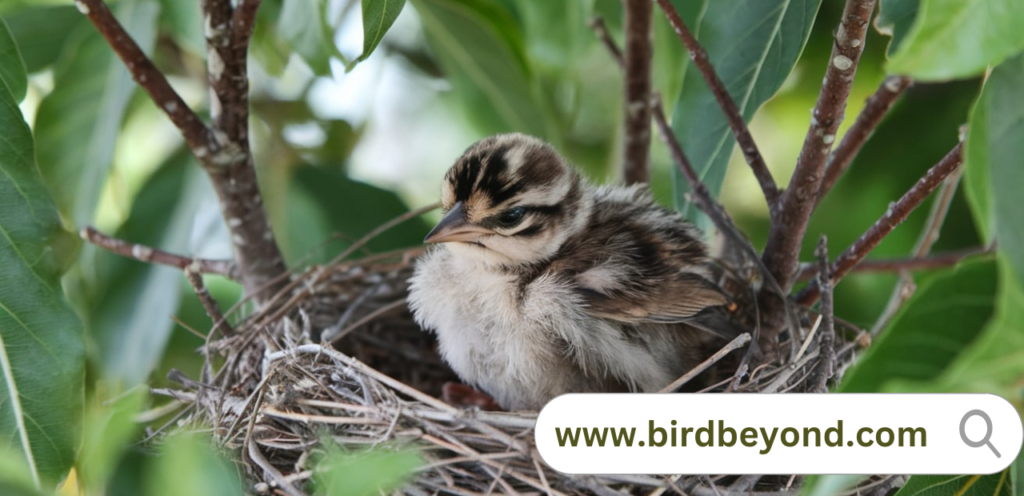
When it comes to baby sparrows, we have a whole new set of collective nouns to explore. These tiny balls of fluff are just as social as their parents, and their groups have equally charming names.
What to Call a Group of Sparrow Chicks
The most common term for a group of baby sparrows is “a brood of sparrows”. This term reflects the fact that these young birds are typically found together in the nest, under the care of their parents.
Other terms you might encounter include:
- A clutch of sparrows: This term is often used to describe the eggs or very young chicks still in the nest.
- A peep of sparrows: This delightful term captures the high-pitched chirping of baby birds.
Nesting Habits and Family Structure
Sparrow family life is a busy affair. Here’s a quick rundown of their nesting habits:
- Nest Building: Both male and female sparrows participate in nest construction.
- Egg Laying: A typical clutch consists of 3-5 eggs.
- Incubation: Eggs are incubated for about 10-14 days.
- Hatching: Chicks hatch naked and helpless, requiring constant care.
- Fledging: Young sparrows leave the nest after about 15-17 days.
“A brood of sparrows is nature’s own symphony, a chorus of peeps and chirps that heralds the arrival of spring.” – Jane Featherwright, Ornithologist
Sparrow Species Specifics: Does the Name Change?
While we’ve been talking about sparrows in general, it’s worth noting that there are many different species of sparrows, each with its own unique characteristics. But does the collective noun change depending on the species? Let’s find out.
Differences in Group Names for Various Sparrow Species
Generally speaking, the collective nouns we’ve discussed (host, quarrel, flutter, etc.) can be applied to any sparrow species. However, some birding enthusiasts and writers have proposed species-specific terms:
- A chatter of house sparrows: Reflecting their noisy, gregarious nature.
- A secret of field sparrows: Alluding to their more secretive habits in grassy areas.
- A rustle of tree sparrows: Evoking the sound of these birds moving through leafy branches.
Notable Examples: House Sparrows vs. Tree Sparrows
Let’s compare two common sparrow species to see how their group behavior might influence our choice of collective nouns:
| Species | Behavior | Suggested Collective Noun |
|---|---|---|
| House Sparrow | Bold, adaptable, often found near human habitations | A chatter of house sparrows |
| Tree Sparrow | More shy, prefers woodland edges and hedgerows | A rustle of tree sparrows |
While these species-specific terms are not officially recognized, they add a layer of descriptive richness to our observations of different sparrow types.
Sparrow Gatherings in Literature and Culture
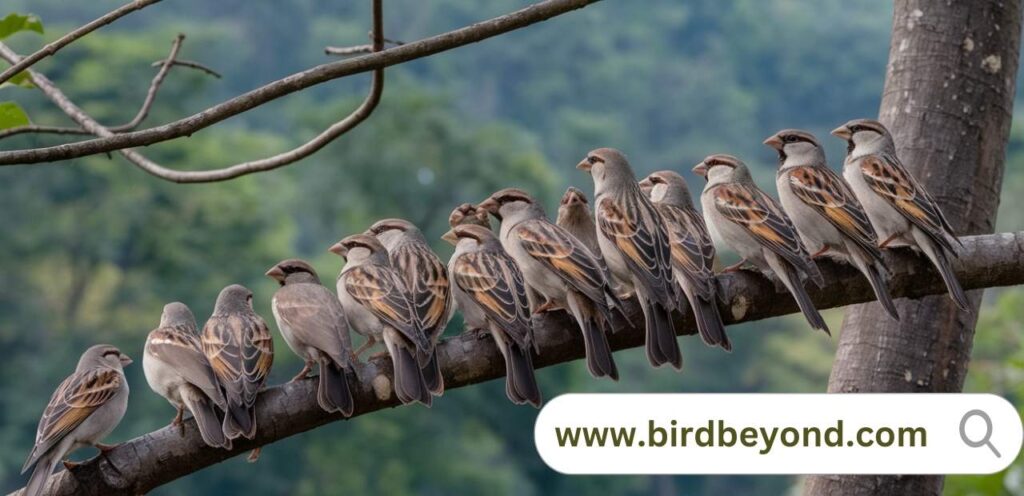
Sparrows, with their ubiquity and social nature, have long captured the human imagination. Their group behaviors have inspired writers, poets, and artists across cultures and throughout history.
Famous References to Sparrow Groups in Literature
- William Shakespeare: In “Hamlet,” Hamlet refers to a “fall of sparrows,” linking the birds to divine providence.
- Emily Dickinson: The poet frequently used sparrows in her work, often as symbols of the everyday and commonplace.
- Mao Zedong: The Chinese leader’s “Four Pests” campaign targeted sparrows, leading to disastrous ecological consequences.
Cultural Significance of Sparrow Flocks
In many cultures, sparrows hold symbolic meaning:
- Christianity: Sparrows represent God’s concern for even the smallest creatures.
- Chinese Culture: Sparrows symbolize happiness and spring.
- Japanese Folklore: Sparrows are often portrayed as helpful and kind in fairy tales.
Birdwatching Tips: How to Spot and Identify Sparrow Groups
For those interested in observing sparrow flocks in the wild, here are some tips to enhance your birdwatching experience:
- Best Times: Early morning and late afternoon are prime times for sparrow activity.
- Locations: Check parks, gardens, hedgerows, and agricultural fields.
- Equipment: A good pair of binoculars can greatly enhance your observations.
- Patience: Sparrows can be skittish. Stay still and quiet to observe their natural behavior.
Key Features to Look for When Identifying Different Sparrow Species
While sparrows might all look similar at first glance, there are subtle differences that can help you distinguish between species:
- Head Patterns: Look for distinctive cap colors or eye stripes.
- Breast Markings: Some species have streaked breasts, others are plain.
- Bill Shape: Bill size and shape can vary between species.
- Overall Coloration: Pay attention to subtle differences in brown and gray tones.
Conservation Corner: Protecting Sparrow Populations
While sparrows are common birds, some species face threats from habitat loss and environmental changes. Understanding their group behavior is crucial for effective conservation efforts.
Current Threats to Sparrow Habitats
- Urban Development: Loss of nesting sites in buildings and green spaces.
- Agricultural Intensification: Reduction in food sources and nesting habitats.
- Climate Change: Altering food availability and breeding cycles.
- Pesticide Use: Reducing insect populations that sparrows rely on for food.
How Group Behavior Impacts Conservation Efforts
Sparrows’ social nature plays a significant role in conservation strategies:
- Colony Nesting: Providing artificial nest boxes can support large numbers of breeding pairs.
- Communal Roosting: Protecting important roost sites can benefit entire populations.
- Flocking Behavior: Understanding seasonal movements helps in habitat protection efforts.
The Power of the Flock
As we’ve explored, a group of sparrows goes by many names – a host, a quarrel, a flutter, and more. Each term captures a different aspect of these social, spirited birds. From their chattering presence in our gardens to their symbolic significance in literature and culture, sparrows and their flocks continue to captivate us.Understanding the collective nouns for sparrows isn’t just a linguistic exercise. It’s a window into the behavior, ecology, and conservation needs of these ubiquitous yet often overlooked birds. Whether you’re a seasoned ornithologist or a casual backyard birdwatcher, knowing what to call a group of sparrows enriches our connection to the natural world.
So the next time you see a lively gathering of sparrows, whether you call it a host, a quarrel, or simply a group, take a moment to appreciate the complex social lives of these feathered friends. After all, in the grand tapestry of nature, even the smallest threads – or in this case, the smallest birds – play a crucial role.
FAQs
Why do sparrows gather in large groups?
Sparrows flock together for safety, efficient foraging, warmth, and social interaction. Large groups offer better protection from predators and improved chances of finding food.
How many sparrows typically make up a flock?
Flock size can vary greatly depending on the species, season, and available resources. Small flocks might consist of 10-20 birds, while larger gatherings can number in the hundreds, especially during migration or in winter.
Do sparrows always travel in groups?
While sparrows are social birds and often seen in groups, they don’t always travel together. During breeding season, pairs may separate from the flock to nest. Some species are also more solitary than others.

William Henry is a distinguished blogger with a flair for avian storytelling. With a wealth of experience, he delivers captivating insights and expert knowledge to Bird Beyond. William’s passion for birds and his engaging writing style make him a standout voice in the birdwatching community, offering readers both valuable information and delightful narratives.

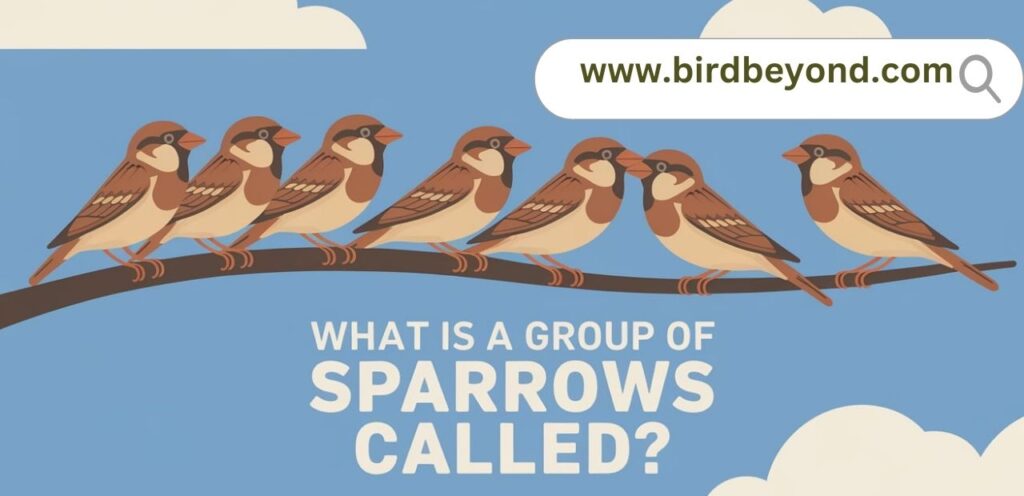
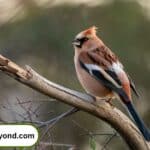
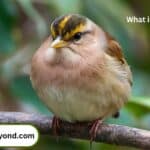
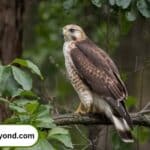
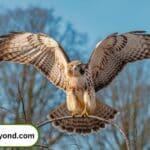


1 thought on “What is a Group of Sparrows Called?”